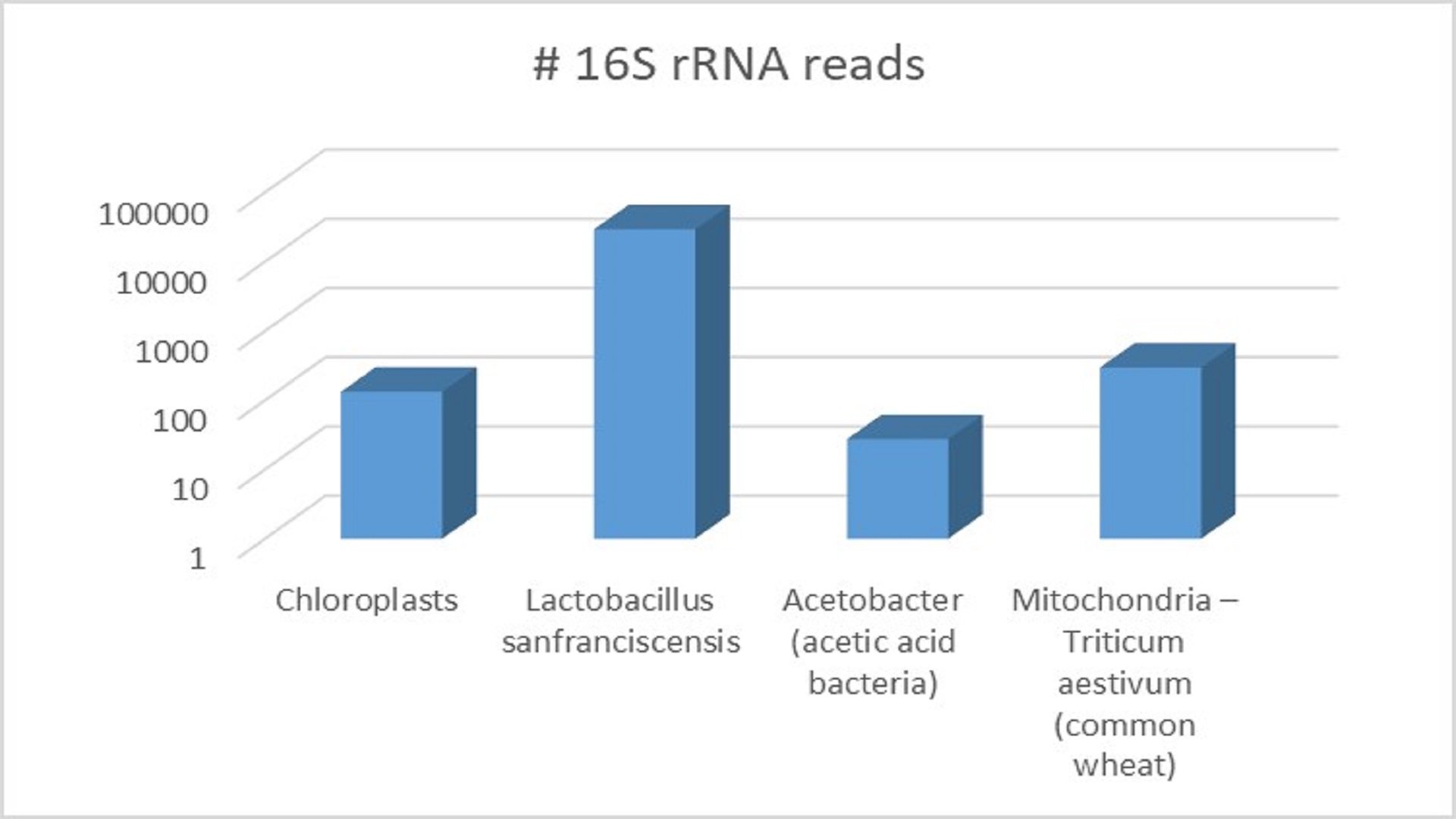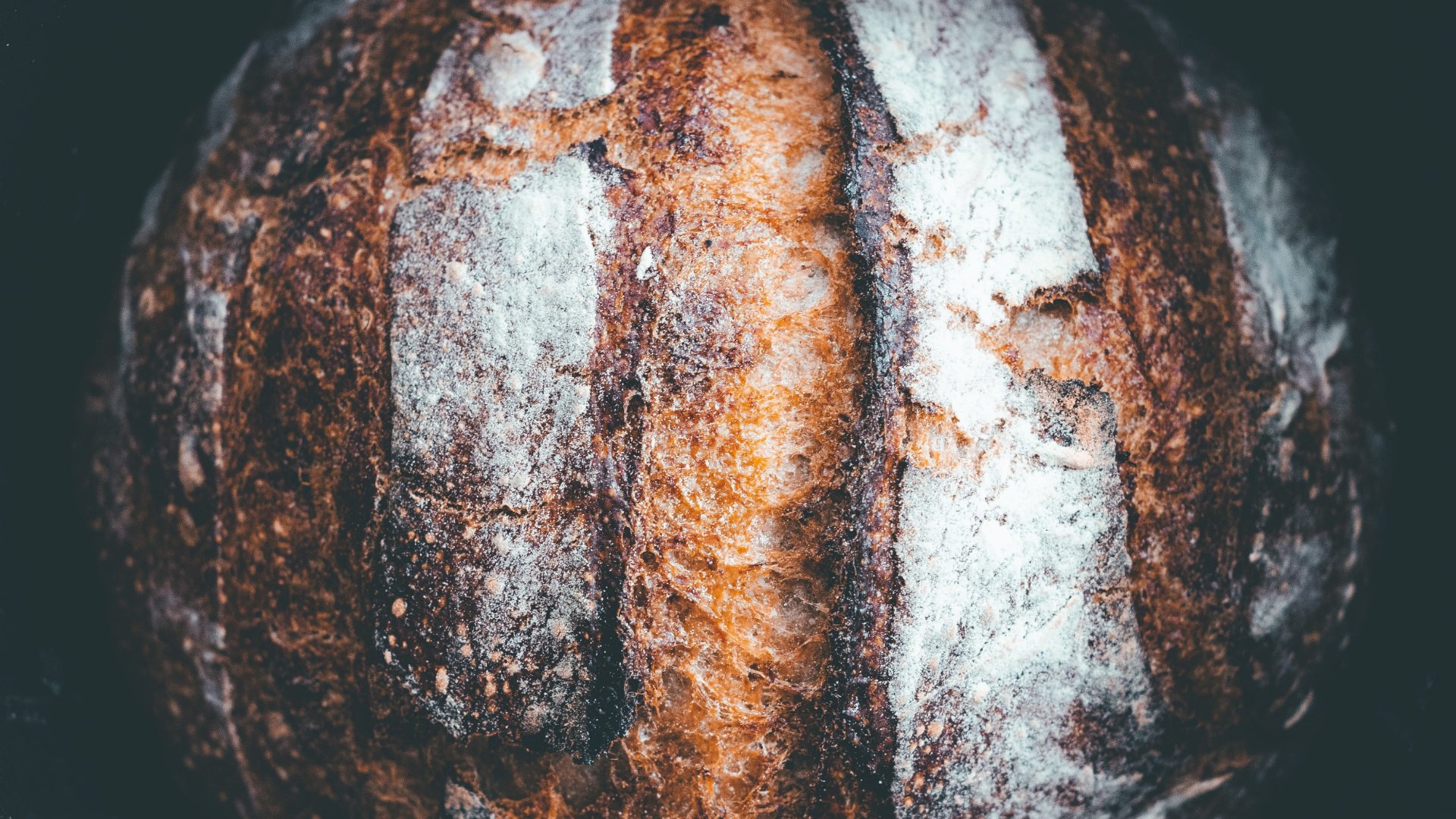What is sourdough bread?
Some people love it, others don't: sourdough bread. Generally a lot flatter and often firmer, and above all more sour than normal bread. Sourdough bread is therefore very different from "normal" bread. Like bread dough, sourdough bread consists mainly of flour and water. But instead of baker's yeast, a sourdough starter is added. In addition to yeast, this starter mainly consists of lactic acid bacteria that provide the unique taste and smell. Because there is relatively little yeast in it, it takes longer to rise. Yeast produce carbon dioxide during the baking process and the bacteria do this hardly or not at all. The starter must be propagated carefully to prevent unwanted species from entering it.
Sourdough fairytale
Getting the composition of the starter exactly right is a painstaking process. Therefore, a part of the starter is saved each time and added to the new dough. For this reason, the starter could be hundreds of years old. The literature also shows that the microbial composition of the sourdough bread mainly depends on the feeding conditions: how often the culture is renewed, at what temperature this is done, what the humidity is of the mixture, and with what kind of flour you feed the starter. These parameters largely determine which microbeswill start dominating the culture. The idea that your culture is exactly the same as that of your great-grandparents is steeped in nostalgia, and that's fine too. Because good food can taste like a fairytale. Sourdough bakers who manage to tame their culture acidify it in a controlled way to obtain the correct acid balance between lactic acid and acetic acid.
Tastes differ
Sourdough has been produced all over the world since the ancient Egyptians. And in different places the sourdough has a different odour and taste profile. American researchers have looked at these taste and smell differences. They examined the microbial composition in all of these starters. They also looked at the volatile substances produced by the microbes in the dough. These VOCs are important for the taste and smell of the bread.
Lots of flavour due to acetic acid bacteria
The sourdough starters are home to a variety of microbe species. However, the research indicates that the microbial composition is not related to where the starter originates geographically. This means that American sourdough starters are not more similar to each other than an American and a Dutch starter. This may be due to the use of different conditions (see above) and because the starters are exchanged. In addition, the bacteria and yeasts also enter the starter via the flour, and flour has also been traded worldwide for centuries. Nevertheless, the microbial diversity in the starters does influence the tastes and smells. The research shows that a higher percentage of acetic acid bacteria provides a greater variety of fruity flavors and aromas (VOCs). Previously, it was always thought that the lactic acid bacteria were responsible for this. However, the increased flavour variation due to more acetic acid bacteria does come with a price: the bread doesn’t rises as well because the bacteria slow down the growth of yeast.
Research of ARTIS-Micropia on sourdough
In a small pilot experiment Micropia also looked at the composition of sourdough from the circular bakery Baking Lab Amsterdam . DNAwas isolated from the sourdough and a profile of the bacterial composition obtained by sequencing. The experiment showed that the microbes in the sourdough consist for the most part (98%) of the typical sourdough lactic acid bacteria Lactobacillus sanfranciscensis and a small part (0.1%) of acetic acid bacteria of the genus Acetobacter. The rest of the DNA does not come from bacteria, but from mitochondria and chloroplasts contained in the grain that are in the sourdough.
| Landis et al. 2021 - The diversity and function of sourdough starter microbiomes https://elifesciences.org/articles/61644 |

Research by Micropia shows that the sourdough starter from Baking Lab mainly contains the usual sourdough lactic acid bacterium Lactobacillus sanfransciscensis.
A timelapse of ‘Life of a sourdough’, made by Baking Lab.

